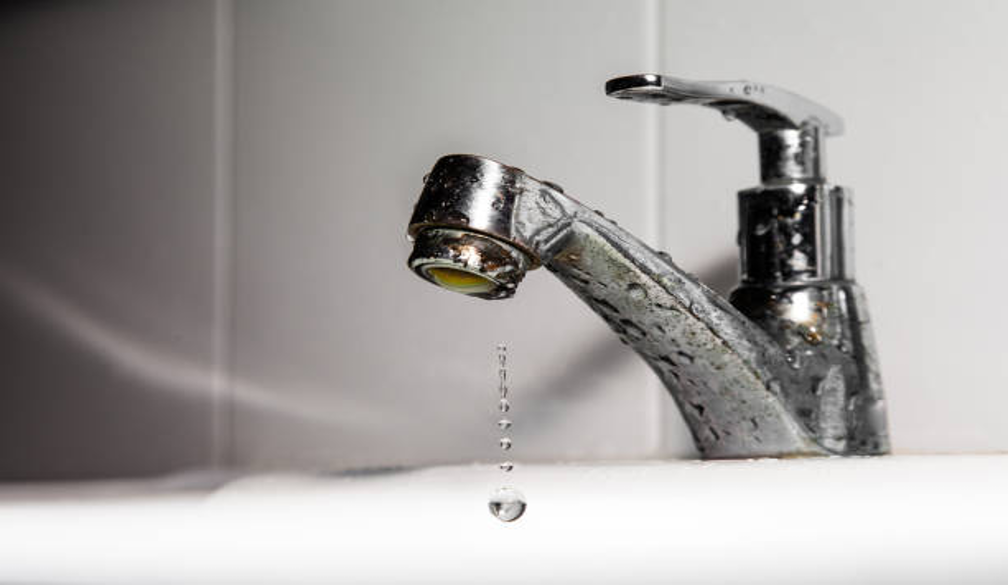The Dripping Swan Neck Tap Dilemma: A Silent Leak That’s Draining Your Wallet and Sanity
- Written by Daily Bulletin

A single drop. Then another. The rhythmic sound echoes through the quiet of the night, an infuriating metronome that refuses to be ignored. The dripping swan neck tap—once a symbol of sleek design and effortless functionality—has now become the unsuspecting villain in your home.
You tighten the handle. It resists for a moment before grudgingly settling into place. Silence. Victory? Not quite. A few minutes pass, and there it is again—the relentless, mocking plink, plink, plink against the basin. What seems like a trivial nuisance is, in fact, an insidious problem, stealthily increasing your water bill while eroding your peace of mind.
Why a Dripping Swan Neck Tap is More Than Just an Irritation
Most people ignore a leaking tap, brushing it off as insignificant. But beneath its deceptively harmless nature, a dripping swan neck tap can lead to:
- Escalating Water Bills – A slow drip may seem negligible, but over time, it can waste thousands of litres of water annually.
- Structural Damage – Persistent leaks can result in water pooling, leading to mould growth, cabinet warping, and countertop deterioration.
- Aesthetic and Functional Decline – Mineral deposits, unsightly stains, and eventual corrosion compromise both the appearance and efficiency of your once-flawless fixture.
Your elegant swan neck tap, once the highlight of your kitchen or bathroom, has become a silent adversary, draining your resources—literally and figuratively.
The Anatomy of a Leak: Why Is Your Swan Neck Tap Dripping?
Understanding the why behind the leak is crucial in determining whether it’s a minor fix or a full-fledged replacement scenario.
- Worn-Out Washers – Rubber washers are the first casualties in the battle against continuous water pressure. Over time, they degrade, harden, and lose their ability to form a tight seal, resulting in an unstoppable drip.
- Faulty Ceramic Discs – Modern swan neck taps often feature ceramic disc cartridges instead of rubber washers. While durable, any damage to these precision-engineered discs can disrupt the seal, allowing water to escape.
- Loose or Damaged O-Rings – If the leak is emanating from the base rather than the spout, faulty O-rings might be to blame. These small yet essential rubber rings ensure a watertight seal, but they can wear out, crack, or shift out of place over time.
- Water Pressure Fluctuations – Ironically, having too much water pressure can be problematic. High pressure forces water against seals and washers, accelerating their deterioration and causing sporadic dripping that worsens over time.
- Corrosion and Limescale Buildup – In hard water areas, mineral deposits can be a silent tap assassin. Accumulated limescale not only affects water flow but also puts strain on internal mechanisms, leading to leaks and reduced efficiency.
The Cost of Ignoring the Drip
Leaving a dripping swan neck tap unattended is a financial mistake. Studies indicate that even a slow drip can waste up to 20,000 litres of water annually, costing hundreds of dollars in unnecessary water usage. Beyond financial implications, the environmental impact is undeniable. With increasing concerns about global water conservation, allowing clean water to go to waste is not just impractical—it’s irresponsible.
Solutions: Repair or Replace?
Now that the reality of your dripping tap has set in, it’s time to explore solutions. Do you attempt a quick fix, or is it time for an upgrade?
DIY Repair: A Temporary Fix
If you’re handy with tools and comfortable with minor plumbing tasks, addressing the issue yourself can be an economical first step.
- Turn Off the Water Supply – Locate the isolation valve beneath the sink and shut it off.
- Dismantle the Tap – Using a wrench, carefully remove the swan neck section to access washers, O-rings, or cartridges.
- Replace Faulty Components – Identify the compromised part, swap it out for a new one, and reassemble.
- Test the Tap – Turn the water supply back on and monitor for any further leaks.
While a DIY fix might seem like the most budget-friendly solution, it’s often a temporary band-aid rather than a permanent fix.
Upgrading to a Premium Swan Neck Tap
If your tap has seen better days, a replacement is a smarter long-term investment. Modern swan neck taps are engineered with advanced leak-resistant technology, ensuring longevity and efficiency.
Key Features to Look for in a New Swan Neck Tap:
- High-Quality Ceramic Disc Technology – Say goodbye to worn-out washers and unreliable seals.
- Corrosion-Resistant Finish – Opt for stainless steel or brushed nickel to prevent rust and mineral buildup.
- Ergonomic and Effortless Control – Single-lever options provide smooth operation with precise water flow control.
- Eco-Friendly Water-Saving Mechanisms – Integrated aerators reduce water waste while maintaining strong pressure.
Why Professional Installation Matters
A flawless tap isn’t just about selecting the right model—it’s about expert installation. A poorly installed swan neck tap can develop leaks faster, leading you right back to square one.
Hiring a professional ensures:
- Secure and leak-proof fittings
- Proper water pressure calibration
- Guaranteed longevity and manufacturer warranties
The cost of professional installation is a small price to pay for years of hassle-free performance.
Final Verdict: Don’t Let a Drip Drown Your Wallet
A dripping swan neck tap is more than just an annoyance—it’s a slow and steady drain on your resources. Whether you opt for a DIY fix or invest in a premium replacement, addressing the issue promptly saves money, conserves water, and restores tranquillity in your home.



